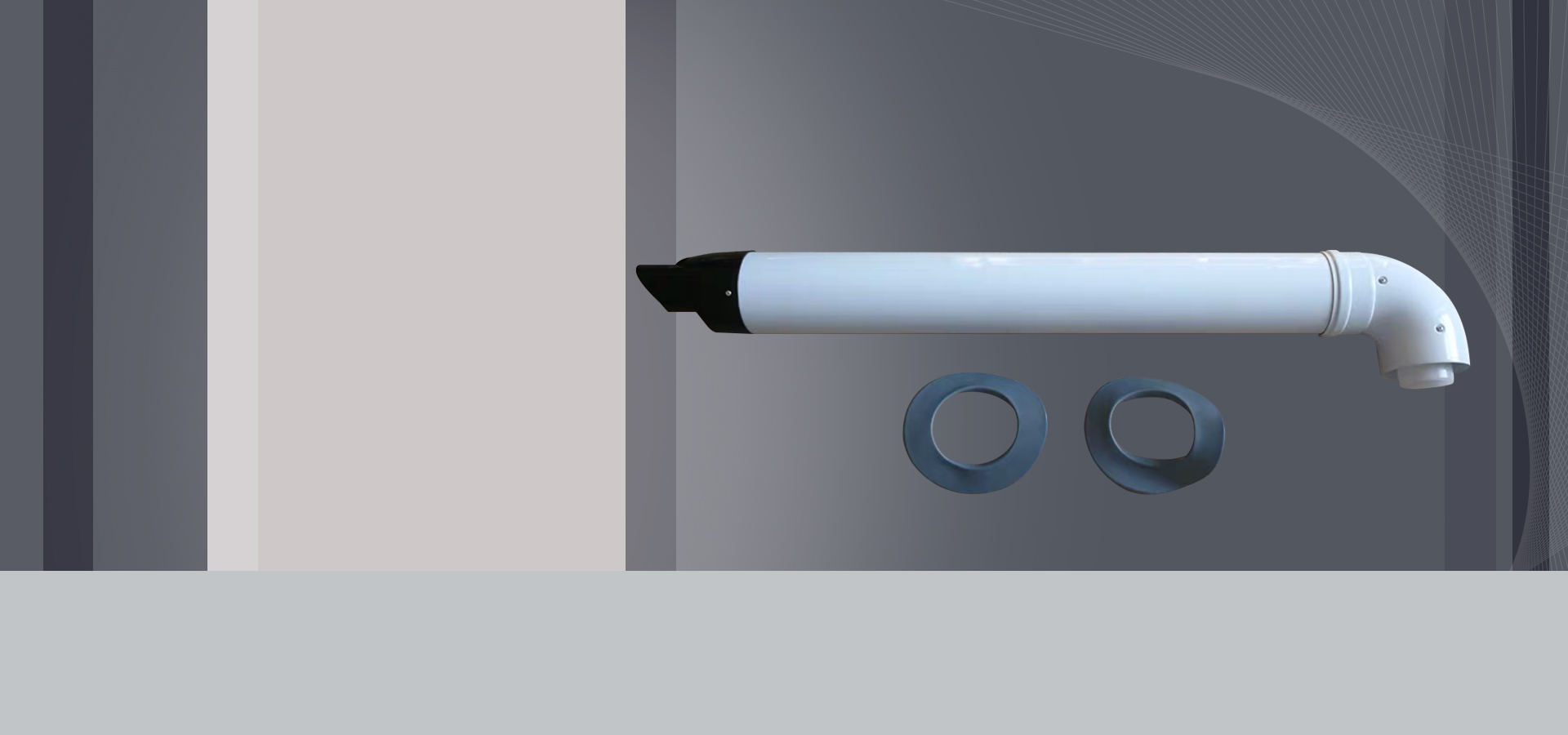According to China's latest boiler environmental protec […]
According to China's latest boiler environmental protection standard GB13271-2014 "Boiler Air Pollutant Emission Standards": from July 1, 2014, the emission value of pollutants in newly built oil-fired boilers is 30 mg/m3 for particulate matter, 200 mg/m3 for sulfur dioxide, and nitrogen oxidation The particulate matter is 250 mg/m3; the pollutant emission value of the newly built gas boiler is 20 mg/m3 particulate matter, 50 mg/m3 sulfur dioxide and 200 mg/m3 nitrogen oxide; the pollutant emission value of fuel boilers in key areas is 30 mg/m3 particulate matter , The sulfur dioxide is 100 mg/m3, the nitrogen oxide is 200 mg/m3; the pollutant emission value of the newly built gas boiler is 20 mg/m3 for particulate matter, the sulfur dioxide is 50 mg/m3, the nitrogen oxide is 150 mg/m3, and the smoke blackness ≤1 Ringerman blackness
The ash content of light oil-fired and natural gas-fired boilers is low, and generally does not produce fly ash wear, and does not require soot blowing equipment. Although the content of heavy oil is not high, during the combustion process, high molecular hydrocarbons may be decomposed due to lack of oxygen Carbon black, asphalt and other components may be decomposed into solid oil coke due to lack of oxygen. After the oil coke is broken, coke particles are generated. Both carbon black and coke particles are not easy to burn out, causing ash accumulation.
There is no dust pollution in the exhaust gas of gas boilers. The dust pollution of the fuel oil boiler is also relatively light, but the fuel oil boiler is prone to black smoke when it is poorly burned. The black smoke is carbon black that is decomposed due to the lack of oxygen in the fuel oil. Carbon black has a relatively small particle size and a surface area valve. Although it is lighter in weight, it looks darker. As long as the fuel boiler has good atomization and reasonable air distribution, it can meet national standards during normal operation.
Due to the high cost of desulfurization equipment and increased maintenance and repair work, the sulfur dioxide emissions of fuel oil boilers are generally met by controlling the sulfur content in fuel oil and low oxygen combustion. The sulfur content of the fuel is less than 0.14%. Through reasonable air distribution and corresponding control adjustment, the excessive air coefficient of combustion is controlled to keep the fuel oil in a low-oxygen combustion state to reduce the generation of SO3. The sulfur dioxide emission value can reach 200 mg/Nm3 or less. Sulfur dioxide emissions from natural gas-fired boilers can generally meet national requirements. The emission control of nitrogen oxides is controlled by combustion, and the flame combustion temperature, excess air coefficient, or the increase of the flue gas recirculation system are used to achieve the emission standards through the burner.
